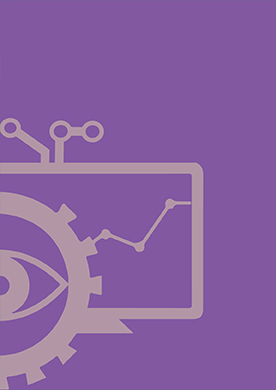This paper introduces a framework to examine the relative effectiveness and cost-effectiveness of different information and communications technologies to deliver a range of social services, using a case example of rural Bangladesh. It focuses particularly on major sectors such as agriculture, education, disaster response and healthcare. A Community based radio broadcasting (CR) appears as the dominant option among the considered ICTs. Human intervention has been found to be crucial in both low (20%) and medium-high (60%) literacy populations. Our study also shows public funded terrestrial TV is more effective and has higher acceptability in providing information over privately owned satellite/cable TV channels. Literacy doesn’t seem to significantly affect the relative effectiveness of information center with Internet connection over print and TV-based options. In addition, an extensive techno-economic model for the various ICTs and stochastic evaluation of potential penetrations of the ICTs (reach) has also found CR to be the most cost-effective option. We conclude with a proposed set of policy and operating recommendations to enable effective technology-based information services for rural Bangladeshi development.

